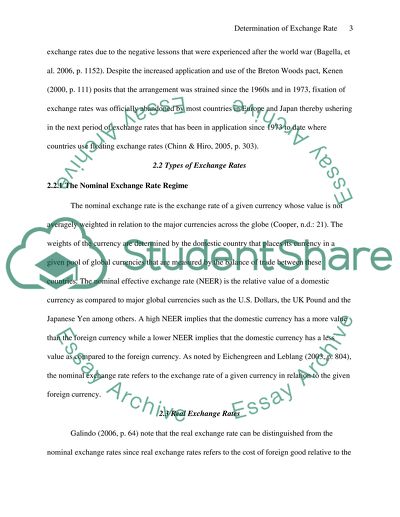Cite this document
(“Determination of Exchange Rate Coursework Example | Topics and Well Written Essays - 4000 words”, n.d.)
Determination of Exchange Rate Coursework Example | Topics and Well Written Essays - 4000 words. Retrieved from https://studentshare.org/finance-accounting/1403474-international-finance
Determination of Exchange Rate Coursework Example | Topics and Well Written Essays - 4000 words. Retrieved from https://studentshare.org/finance-accounting/1403474-international-finance
(Determination of Exchange Rate Coursework Example | Topics and Well Written Essays - 4000 Words)
Determination of Exchange Rate Coursework Example | Topics and Well Written Essays - 4000 Words. https://studentshare.org/finance-accounting/1403474-international-finance.
Determination of Exchange Rate Coursework Example | Topics and Well Written Essays - 4000 Words. https://studentshare.org/finance-accounting/1403474-international-finance.
“Determination of Exchange Rate Coursework Example | Topics and Well Written Essays - 4000 Words”, n.d. https://studentshare.org/finance-accounting/1403474-international-finance.


